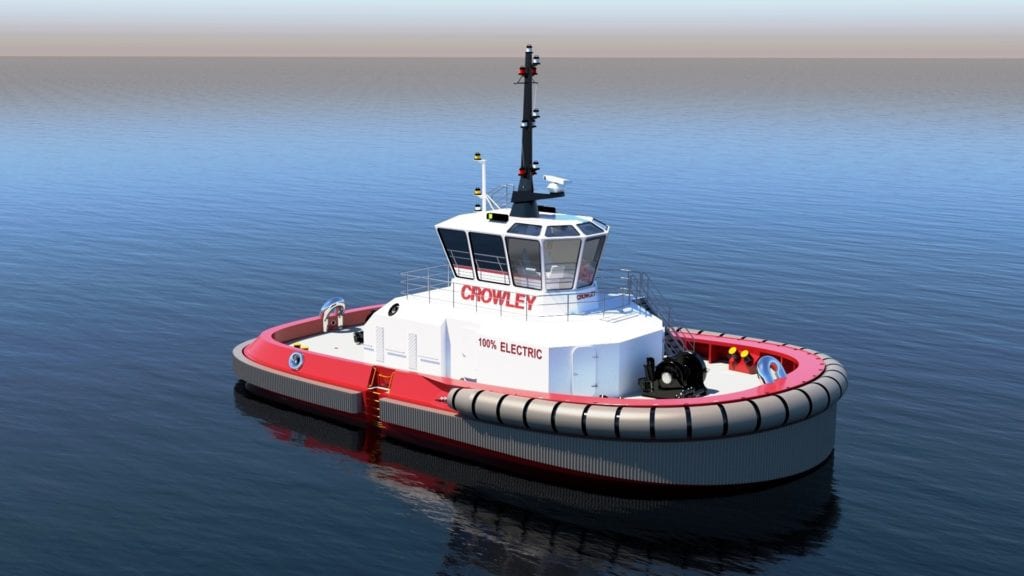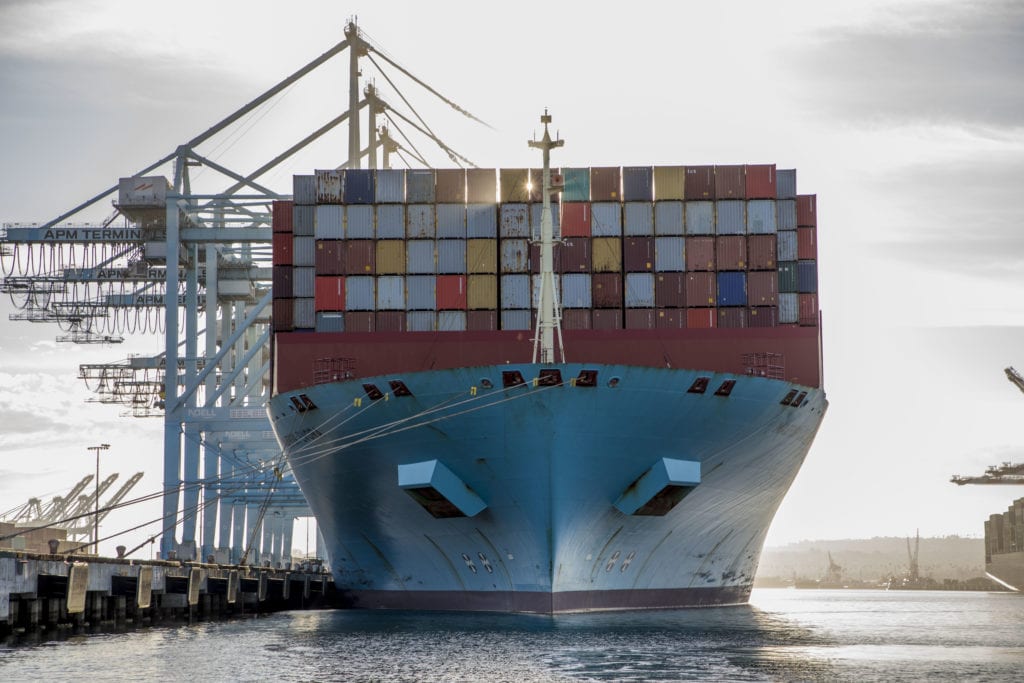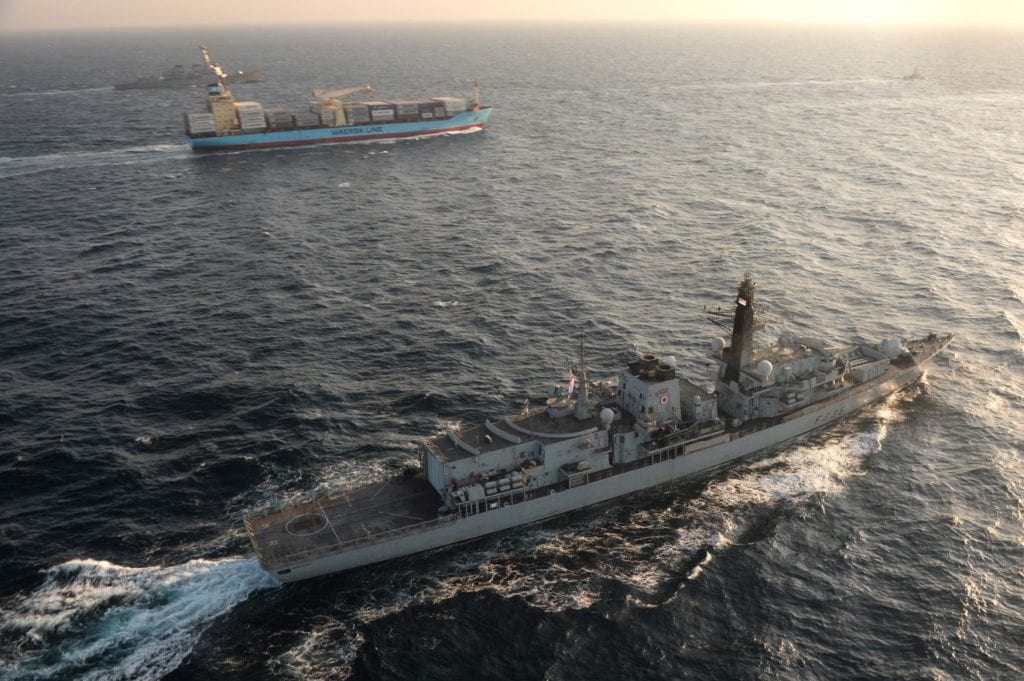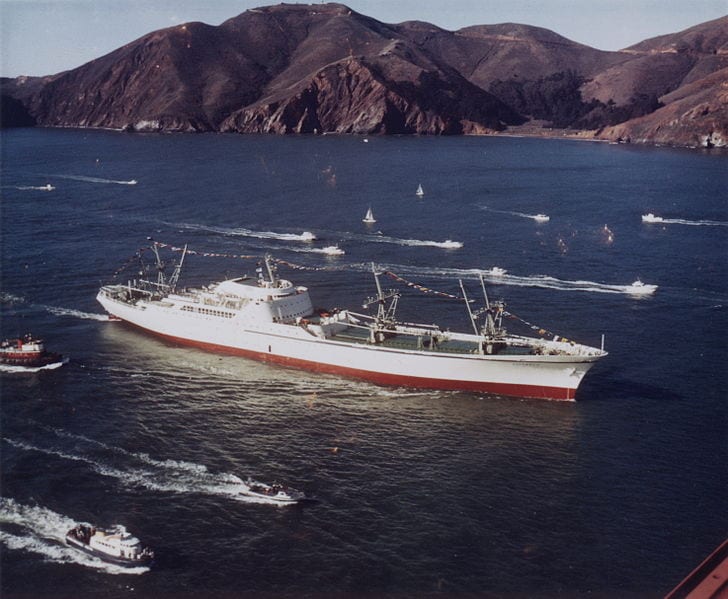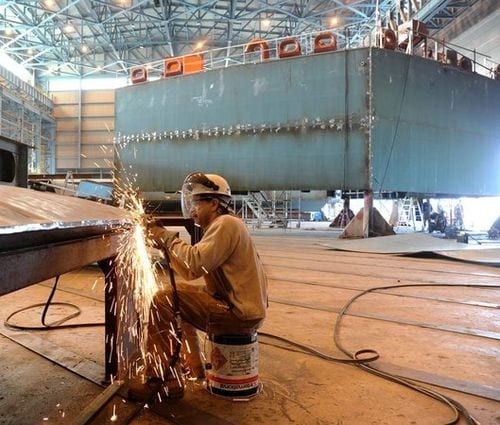Crowley Maritime, University of North Florida to Establish Crowley Center for Transportation and Logistics

JACKSONVILLE, Fla. — Crowley Maritime Corporation and the University of North Florida (UNF) announced June 25 that Crowley has donated $2.5 million as an endowment gift for the creation and operation of a new center of excellence named the Crowley Center for Transportation and Logistics (CCTL).
The center will reside in UNF’s Coggin College of Business and utilize interdisciplinary faculty expertise from across the University.
Headquartered in Jacksonville, where UNF is located, Crowley is a global leader in logistics, marine and energy solutions for the commercial and government sectors. As one of the U.S. maritime industry’s leading employers with nearly 130 years of experience and innovation development, the company has recently advanced into new energy supply chain solutions such as offshore wind, as well as digital innovation at its locations across America, the Caribbean, Central America and beyond.
Crowley and the company’s charitable work have historically supported logistics careers in its industry. The company’s $2.5 million donation to UNF establishes a landmark commitment to the growth and development of skilled, talented students to be innovative leaders in transportation and logistics and faculty researchers leading data analytics through the establishment of the center.
“This donation represents a strategic investment in our industry’s future — the talent and knowledge our leaders of tomorrow and the research needed to propel our industry forward successfully,” said Tom Crowley, the company’s chairman and CEO. “We are humbled to be able to play a role in supporting the advancement of researchers, students and their careers in transportation and logistics. The University of North Florida, a dynamic leader in education in one of the global hubs of logistics services, is the rightful home to our new center.”
The center is designed to be a world-leader in transportation and logistics research, education and industry engagement. The endowment will help fund the CCTL operations and leadership, faculty support, visiting scholars, pertinent industry research, pursuit of federally funded grants and contracts, student recruitment in the areas of transportation, logistics and data analytics, and course development.
“UNF is extremely appreciative of this generous gift by Crowley to establish a distinguished center of transportation and logistics research and education that will foster a collaborative environment of continued logistical growth, development and innovation,” said UNF President David Szymanski. “Our partnership and alliance with Crowley will allow UNF’s Coggin College of Business and the Crowley Center for Transportation and Logistics to be at the forefront of cutting-edge education and research and help prepare our students with skills for the workforce.”
UNF’s Coggin College of Business’ transportation and logistics program is considered among the best in the nation due to an active and supportive regional professional community and a high-tech Logistics Information Technology Solutions Lab for students to learn about state-of-the-art supply chain tools and solutions.
Jacksonville is often lauded as “America’s Logistics Center” and has many geographic advantages as an international transportation hub. Crowley’s shipping and logistics services serving Puerto Rico, the Caribbean and Central America have operated in the city for decades, providing containerized, oversized, refrigerated and recently, liquefied natural gas (LNG) supply chain services.
The combination provides a wealth of opportunities for UNF transportation and logistics graduates.
“Crowley Maritime’s gift to establish this center is not only important for the Coggin College and UNF but is a major investment in Jacksonville,” said Richard Buttimer, dean of UNF’s Coggin College of Business. “This center will train future generations of transportation, logistics and supply chain leaders, and will ensure that Jacksonville and Northeast Florida has a world-class pool of talent and leadership for this vital industry.”




